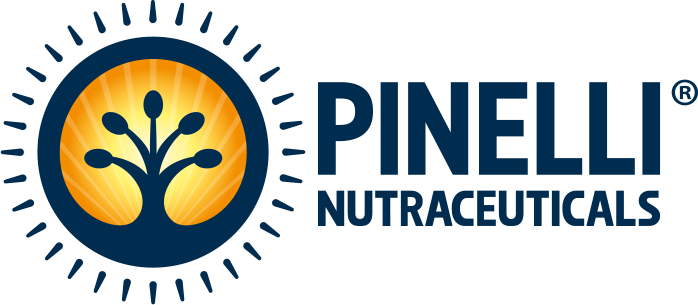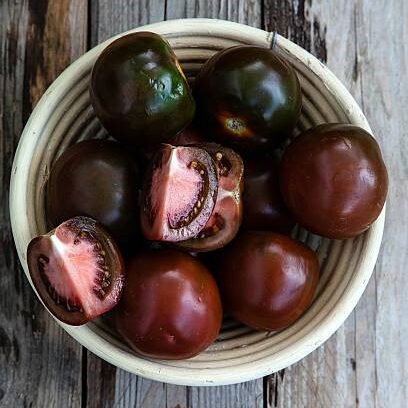RESVERATROL
Resveratrol is a non-flavonoid phenol, a phytoalexin produced by certain plant species to protect plants from pathogens, especially fungi or bacteria. It is present in the skin of red grapes, grape juice, peanuts and pine nuts, mulberry, wild berries, and certain Chinese herbs. The highest concentrations are to be found in grape skins and tomatoes, especially dark green and black varieties. Resveratrol has strong antioxidant properties common to the class of polyphenols. Some phytoalexins among its molecules are active in the removal of atherosclerotic plaques. Their action can help protect us from cardiovascular diseases. The biological activities of this substance are varied. Resveratrol is considered an antioxidant, is active against certain free radicals, and prevents the oxidation of LDL cholesterol. By virtue of these functions, resveratrol can be used against cellular ageing and in reducing cardiovascular risk. Researchers at the University of Florida – The Scripps Research Institute – have identified one of the molecular pathways that resveratrol uses to produce its beneficial action. Dr. Kendall Nettles’ research team found that resveratrol controls the body’s inflammatory response by binding to the estrogen receptor without stimulating estrogen cell proliferation, and is an effective inhibitor of the pro-inflammatory interleukin-6 protein. In ophthalmology, resveratrol plays a crucial role because of its anti-inflammatory power in the retina and as a regulator of eye circulation, both because of its antioxidant action and its protective activity against arterial deposits that lead to blood vessel sclerosis. It provides excellent support for various types of retinal diseases. The international peer-reviewed published literature in ophthalmology suggests supplementation with trace elements such as resveratrol to support the visual system.
Used in: Pinelli Retina Project ® PLUS

